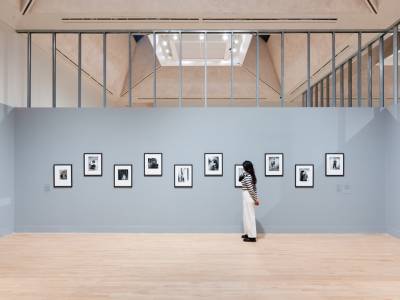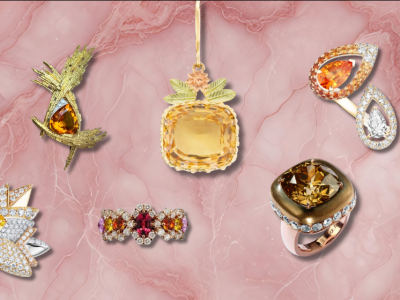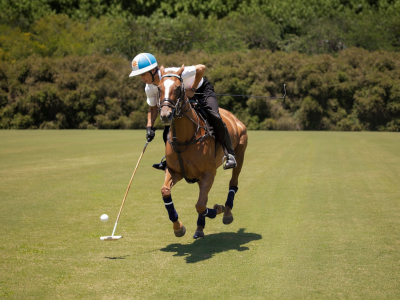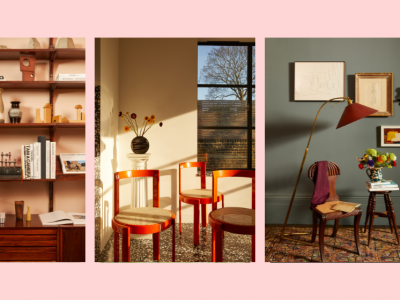Little over a year ago, the name Lee Miller flew relatively under the radar outside artistic circles. Despite her extraordinary career, where she wore many hats, it wasn't until Kate Winslet portrayed her in the eponymous film that Lee Miller's name infiltrated the mainstream.
The Life and Lens of Lee Miller
2nd October 2025
The Tate Britain is celebrating the extraordinary work of war reporter, model, and darling of avant-garde Paris, Lee Miller. With around 250 vintage and modern prints, including those never previously displayed, the exhibition reveals Miller's poetic vision and fearless spirit.
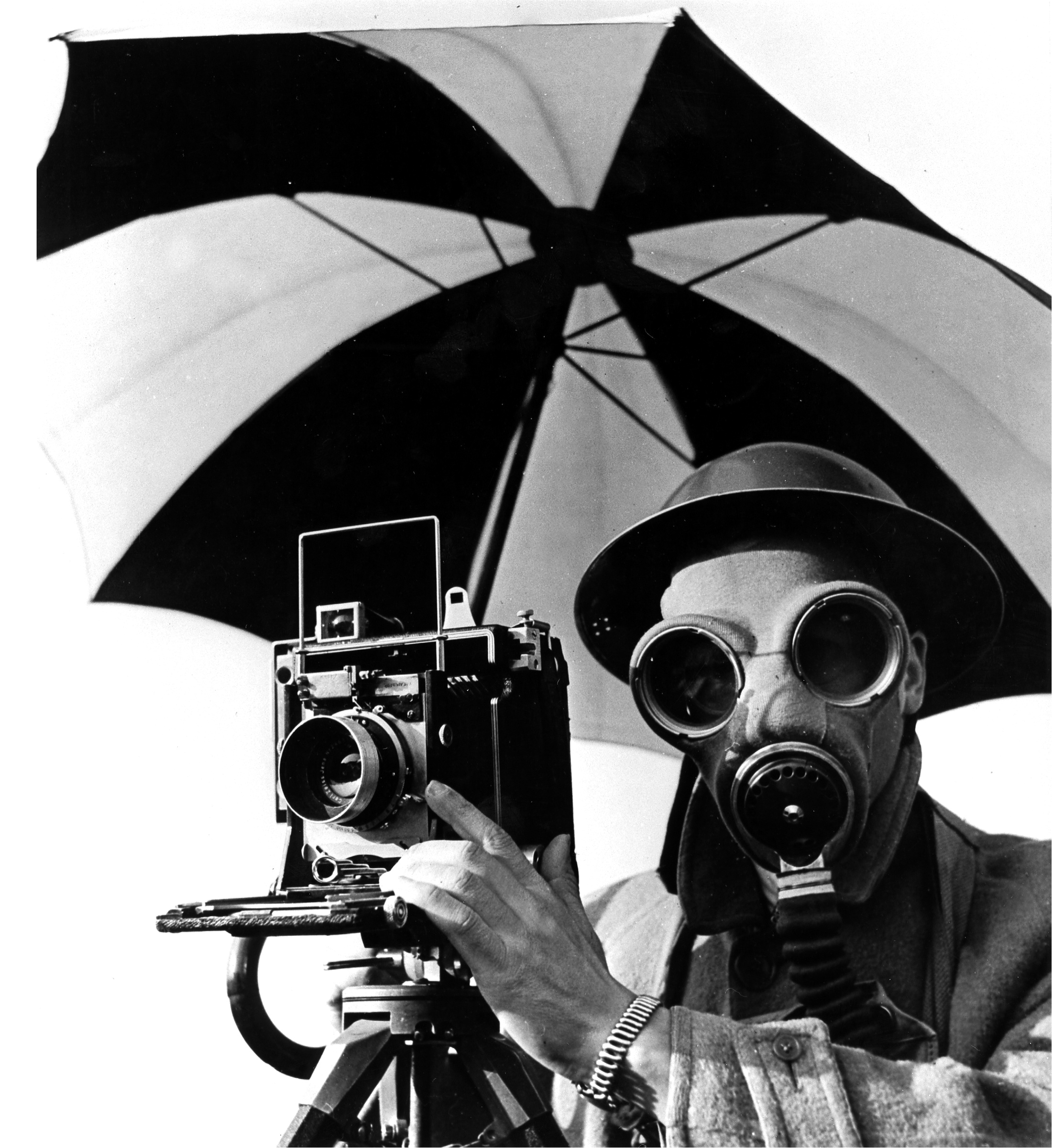
So, to the untrained eye, it is perhaps of little surprise that the Tate Britian this week opened its doors to the largest retrospective of Lee Miller’s photographic eye. Those in the know, however, will be aware that curators Hilary Floe and Saskia Flower have been working for the past five years to collate around 230 vintage and modern prints, as well as unseen archival material and ephemera, to shine a light on the richness of Miller’s photographic legacy.
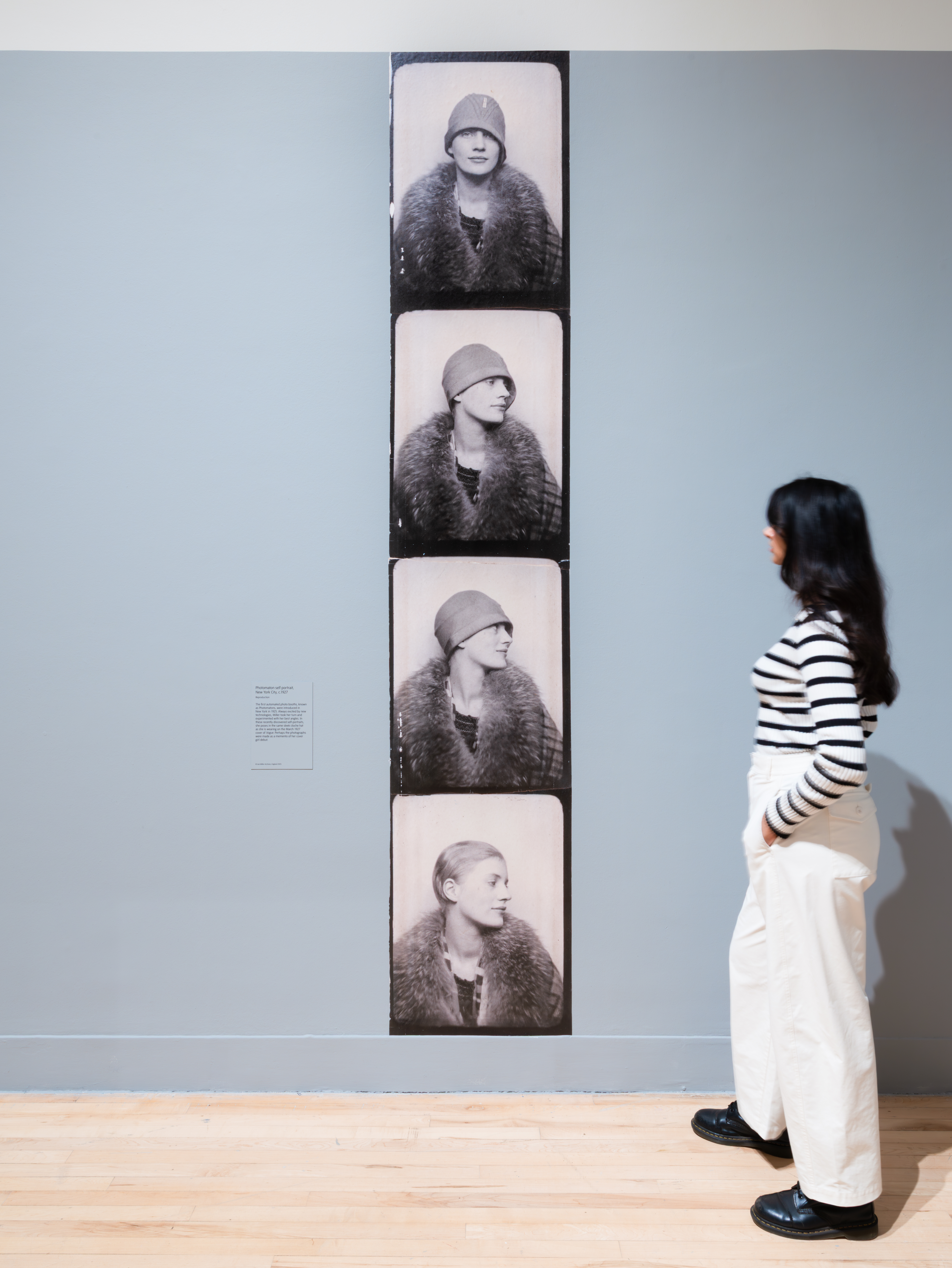
But Miller was not always a renowned photographer. Born in Poughkeepsie, New York State, Miller first explored painting and stage design before spending time as a professional model in New York City, even appearing once on the cover of Vogue. According to Vogue, the then editor Edna Woolman Chase had Miller drawn by the French artist Georges Lepape in 1927, where she was “presented as the epitome of the modern woman; powerfully beautiful, streamlined in the art-deco fashion, and slightly androgynous”.
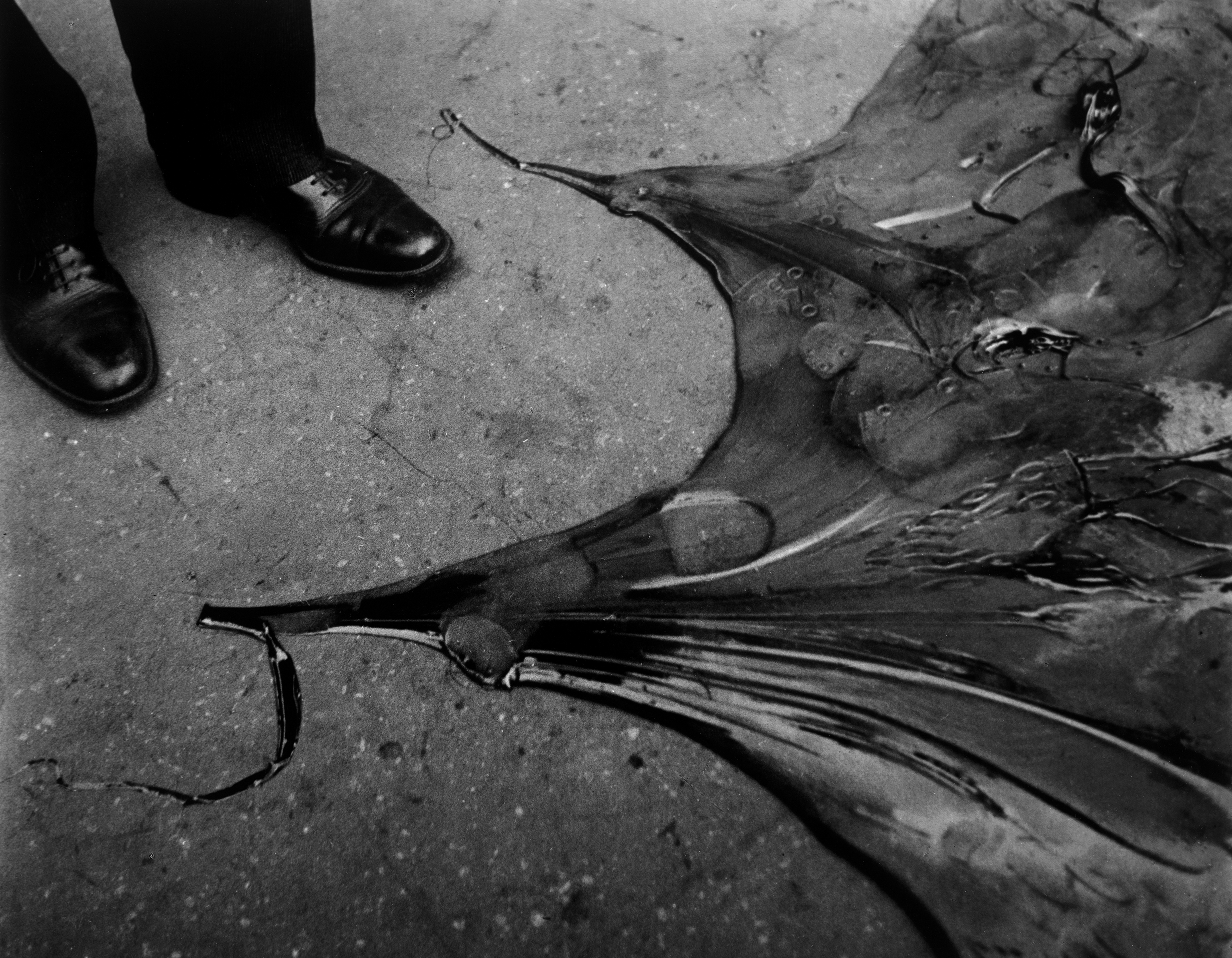
It was a mere few years later that Miller became fully integrated in Paris’s avant-garde circles, where she transitioned from in front of the camera to behind the lens. Here, under the mentorship of Man Ray, she created a series of photographs that captured the surreal in everyday and developed the solarisation technique.
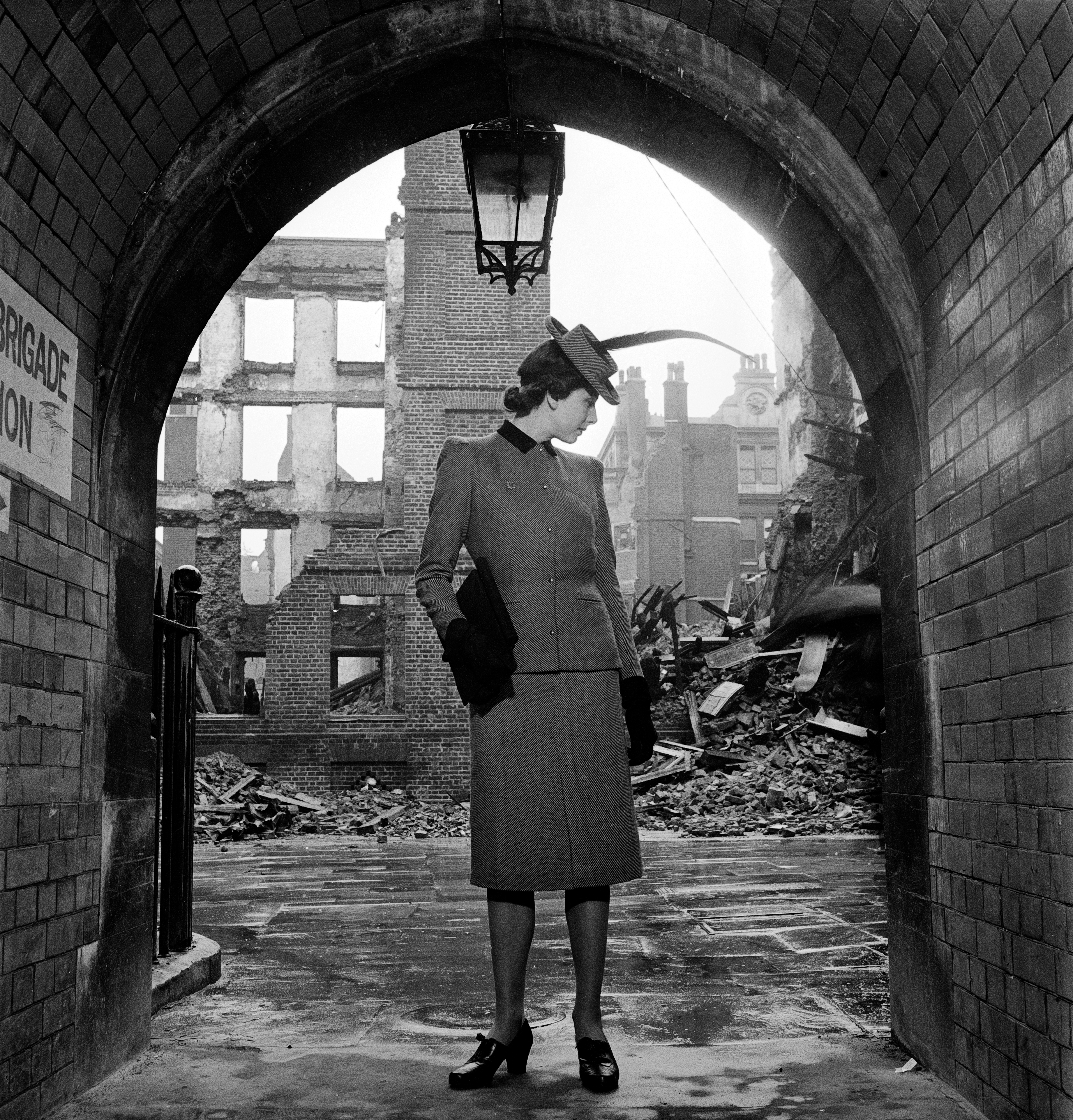
Miller’s most iconic pieces came through her work with British Vogue during World War II. The exhibition presents these works, alongside original magazines and archival material, and showcases her pieces depicting Blitz-torn London. The likes of You will not lunch in Charlotte Street today 1940 and Fire Masks 1941 which portrayed women’s contribution to the war effort back at home.
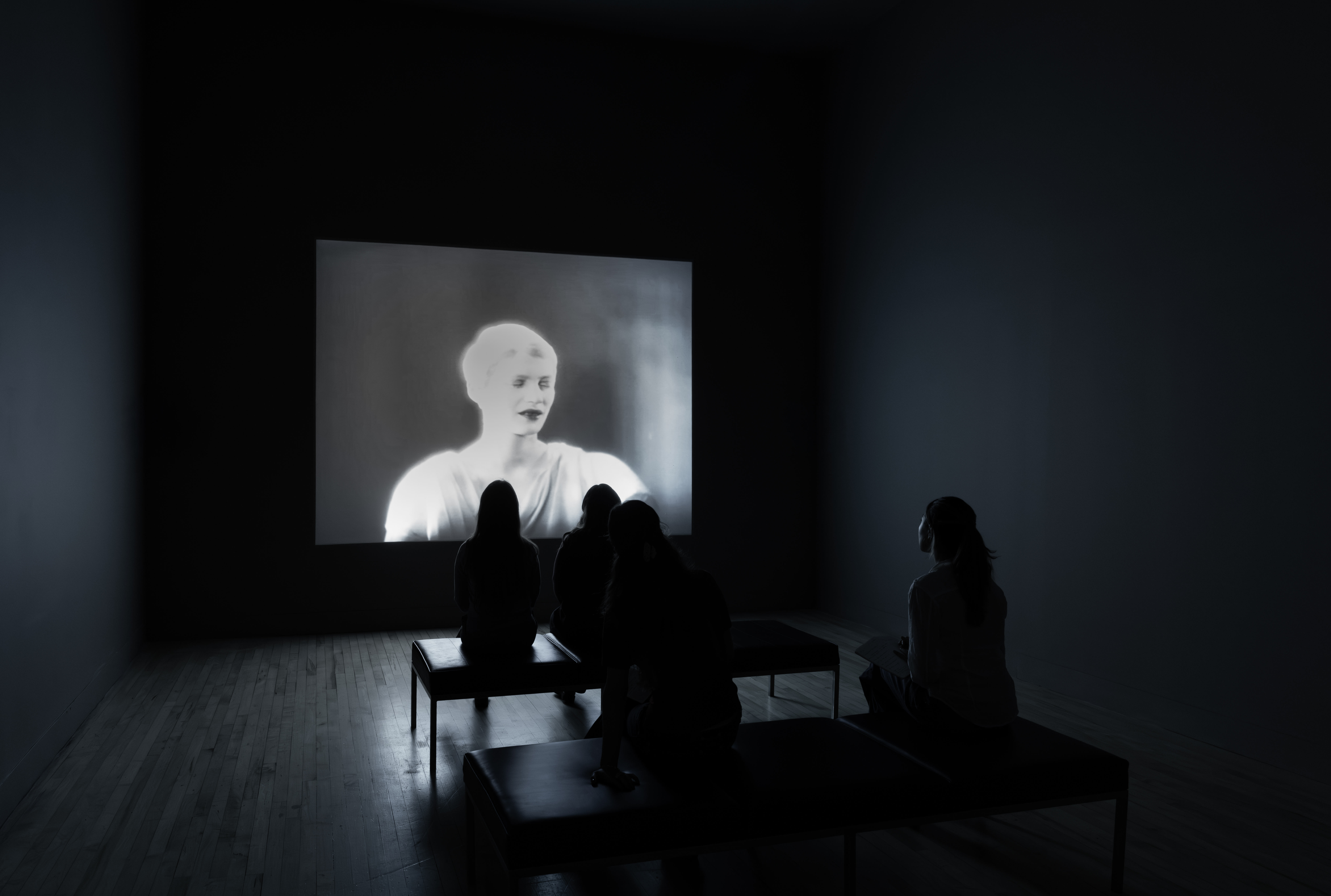
As it transpires, Miller’s calling took her beyond London and to the front lines as one of the only accredited female war correspondents. Her harrowing images played an integral role in revealing both the brutal realities of war and the holocaust, particularly in her work photographing the Dachau concentration camp. These, and the infamous portraits of Miller and David E. Scherman in Hitler’s private bath in April 1945 – a performative gesture staged directly after the pair returned from photographing Dachau – are presented alongside dialogue with extracts from her vivid first-person essays.
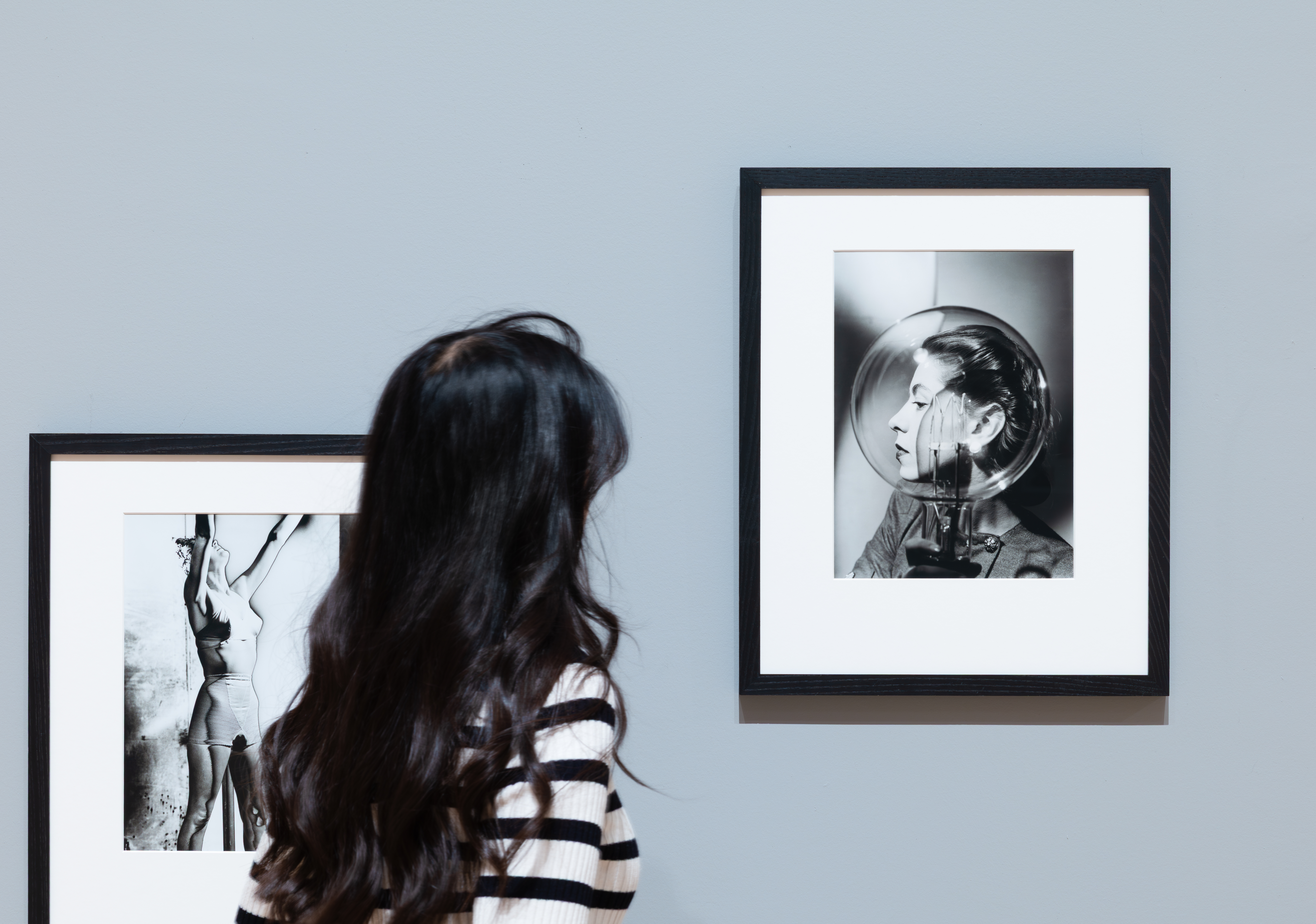
Post-war life for Miller was still deeply embedded in an international circle of artist friends while living in Sussex. The final piece of the exhibition is a rare self-portrait taken in 1950, where Miller poses on a ladder between two mirrors at Oskar Kokoschka’s London studio. Looking directly into her own camera lens, flanked by artworks, she captures herself as an artist among artists.
Lee Miller at Tate Britain runs until 15 February 2026. Tickets can be purchased at tate.org.uk.
